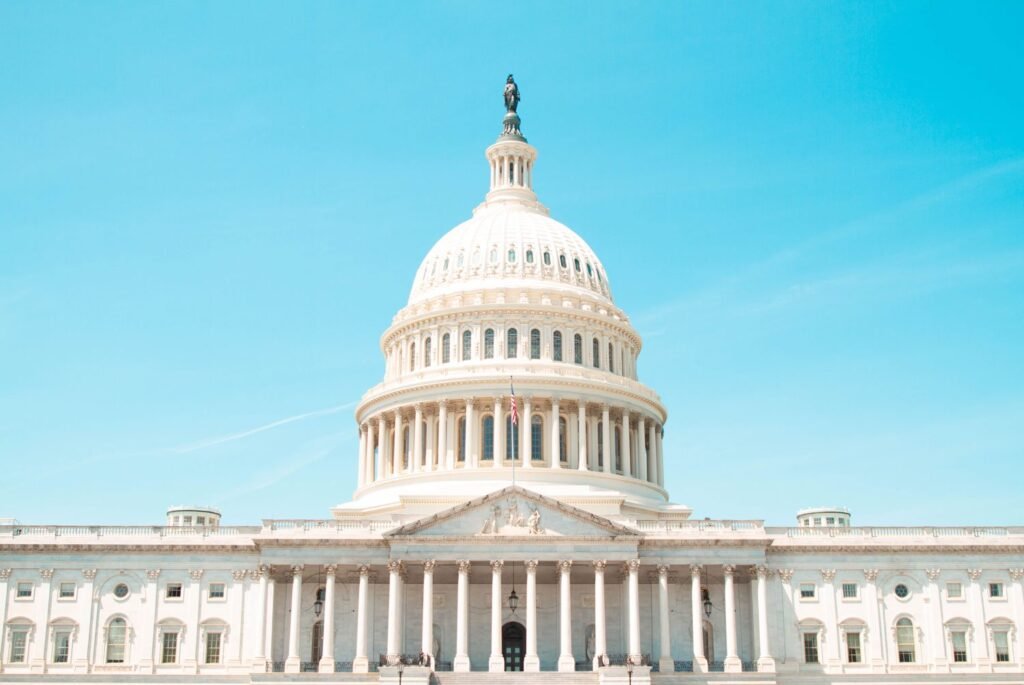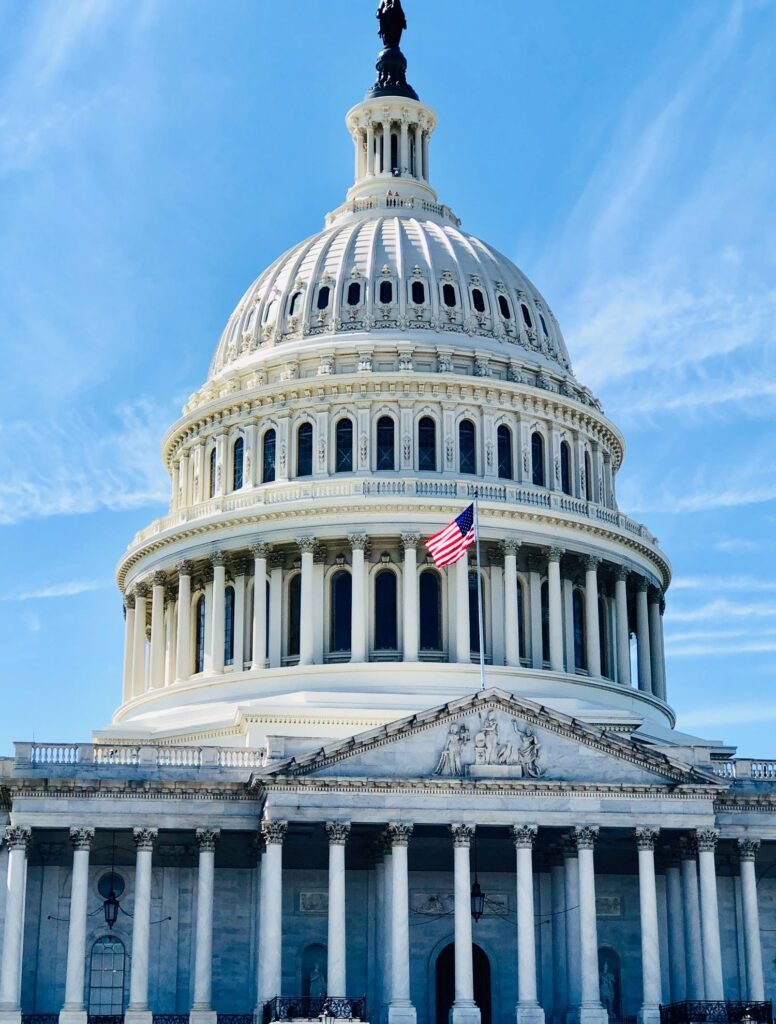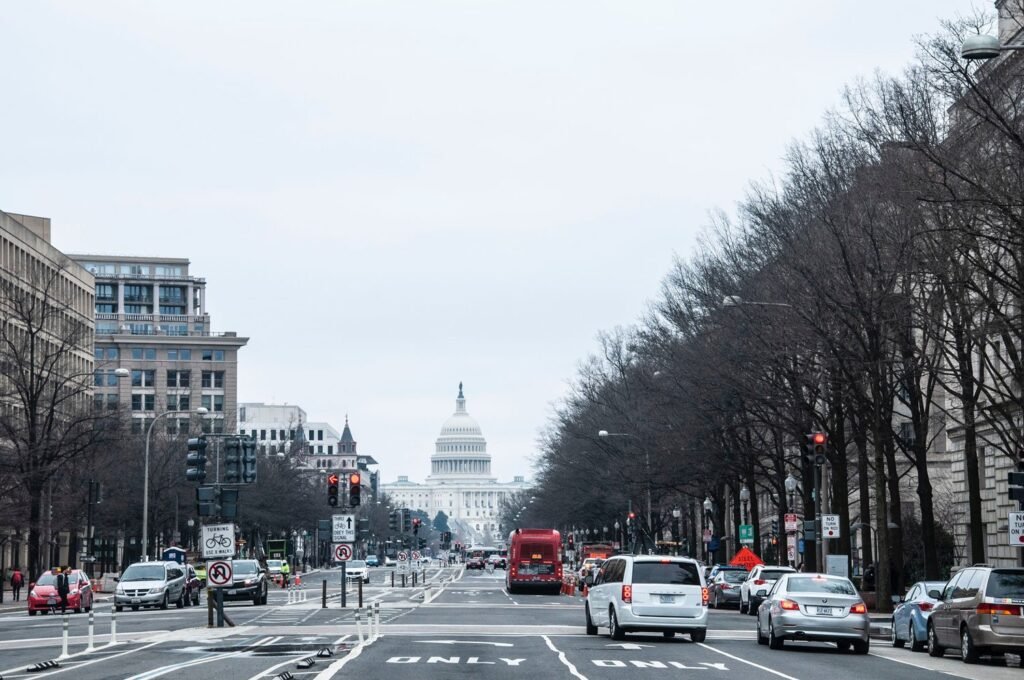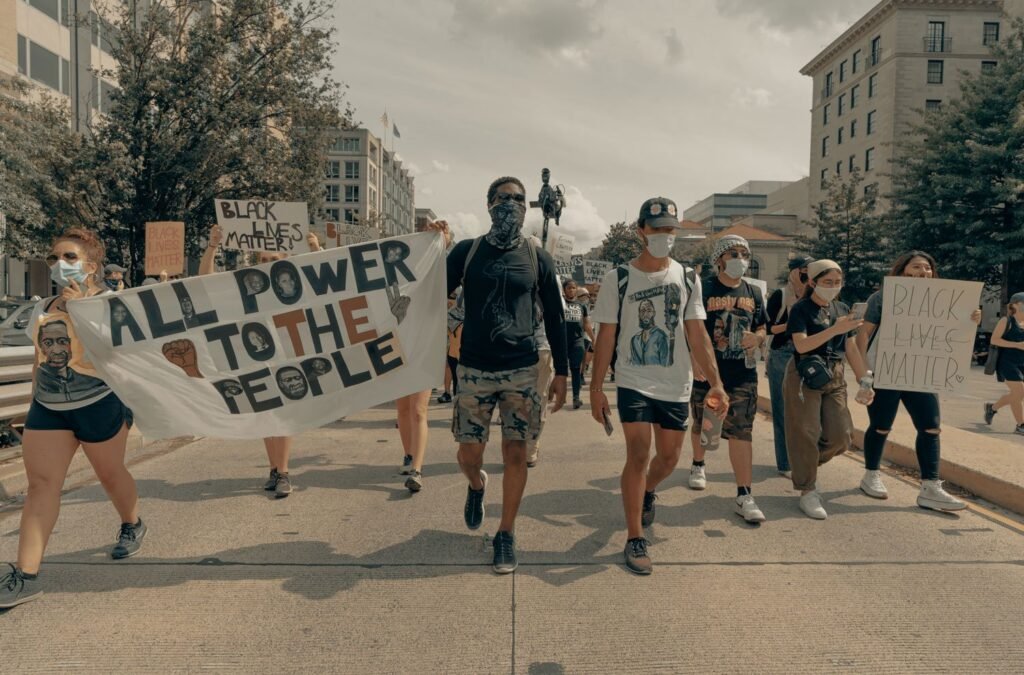US Supreme Court weighs Trump’s bid to limit birthright citizenship

The US Supreme Court heard arguments in a landmark case over President Donald Trump’s executive order seeking to deny birthright citizenship to children born in the United States to parents who are in the country illegally or temporarily. The case, the first of the second Trump presidency to reach the nation’s highest court, raises critical questions about the reach of presidential power, judicial authority, and the scope of the 14th Amendment.
On his first day back in office in January, Trump issued an executive order targeting the Citizenship Clause of the 14th Amendment, which has long granted US citizenship to nearly everyone born on American soil. The order was swiftly challenged in court by states, immigrants, and rights groups. Federal judges in Maryland, Washington, and Massachusetts blocked the order from taking effect nationwide, citing its likely unconstitutionality.
While the Supreme Court is not yet ruling on the constitutionality of the executive order itself, it is reviewing emergency appeals filed by the Trump administration to lift or narrow the nationwide injunctions imposed by lower courts. Central to Thursday’s hearing was whether individual federal judges should have the power to issue rulings that apply across the entire country.
Chief Justice John Roberts and Justices Amy Coney Barrett and Elena Kagan questioned whether class-action lawsuits might offer an alternative to sweeping injunctions with Kagan asking, “Does every single person who is affected by this EO have to bring their own suit?” She pressed Trump’s solicitor general, John Sauer, to explain how the government could avoid widespread constitutional violations without nationwide relief.

Sauer struggled to provide a clear answer, prompting concerns from multiple justices about the practical implications of the executive order.
Justice Ketanji Brown Jackson expressed deep scepticism about the administration’s position, warning it could turn the justice system into a “catch me if you can” regime where individuals must sue to prevent government overreach. Justice Sonia Sotomayor noted the order could render some newborns stateless.
New Jersey Solicitor General Jeremy Feigenbaum, arguing for states that oppose the order, said it would cause administrative chaos and deprive millions of US citizen children of public benefits. “The post-Civil War nation wrote into our Constitution that citizens of the United States and of the states would be one and the same,” he argued.
Representing immigrants and rights groups, attorney Kelsi Corkran emphasised that every judge to consider the matter has concluded Trump’s order is “blatantly unlawful.” She rejected the idea that class-action lawsuits could replace nationwide injunctions, stating, “That is not actually addressing the court’s emergency docket… now we’re just slapping a label of class certification on it.”
Justice Brett Kavanaugh questioned how the order could be implemented in practice. “What do hospitals do with a newborn? What do states do with a newborn?” he asked, noting the executive order only gave the federal government 30 days to formulate a policy.
Sauer admitted that the government might begin rejecting documentation based on “the wrong designation of citizenship.”
Story continues below this ad
Trump himself weighed in before the hearing, posting online that granting birthright citizenship makes the US look “STUPID” and like “SUCKERS.” He falsely claimed the US is the only country with birthright citizenship, though more than 30 nations, including Canada, offer it.
As the hearing concluded after over two hours, the justices signalled they would rule by the end of June, consistent with their usual timeline. Despite the weight of the issue, the courtroom saw few members of the public, with most seats occupied by lawyers and court officials.

























































































